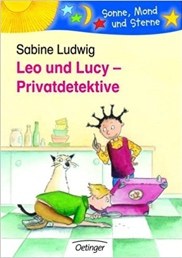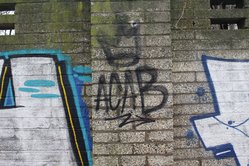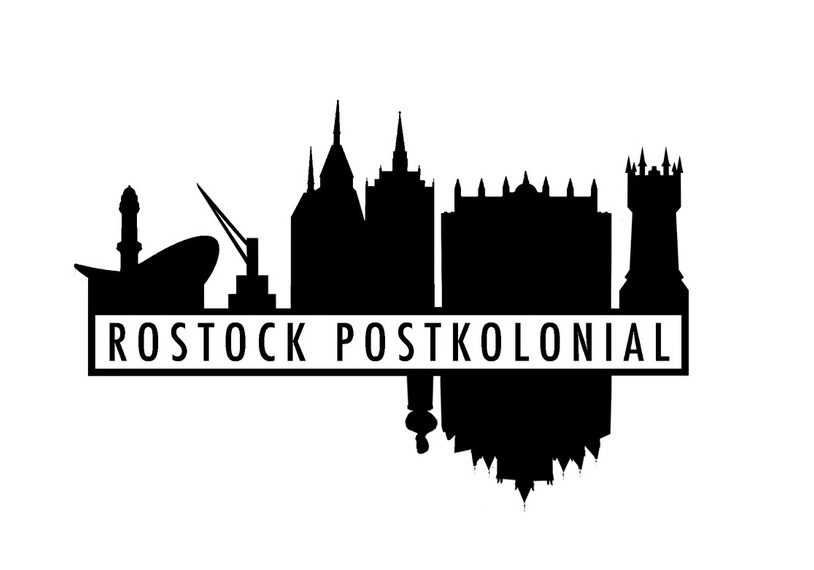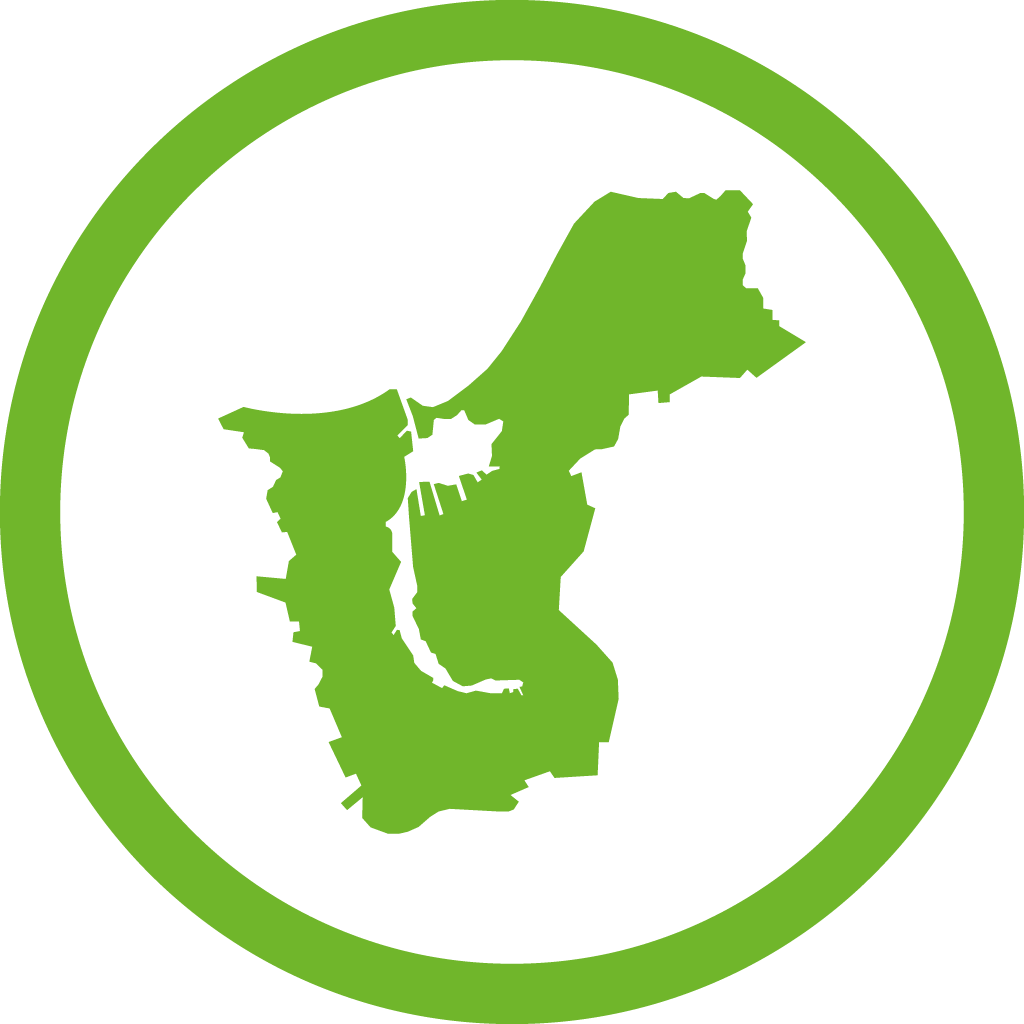Not in the mood for reading?
You can listen comfortably to all the information here and while exploring the region.
How (colonial) pictures are shaping our thinking in language and literature
“One picture says more than a thousand words – and a thousand words are giving a picture’
and
“Thousand words form a picture”
Books have enormous meaning for human beings. They take us with them on a fantastic journey. They encourage our dreams, wishes and imaginative power and are henceforth a part of our world view, or of our self-perception. Language plays a big role in that.
Colonial views or pictures in children’s literature
Pictures have greater meaning for children than they have for adults. What they perceive there is a part of their world view. The number of children’s books on the African continent is enormously high. Because of this it seems to be eminent to deal with the topic of “colonial thought structures” within the children’s literature. In the first half of the 20th century, books had offensive antisemitic and racist passages, and later were the focus of criticism to be undifferentiated and superficial. “Well meant is not always exactly well executed”. It is very rare that the authors have an unbiased and anti-racist view of the big continent.
examples – cover
- Sag mir wie ist Afrika
- Afrika wie ist es da?
- Jim Knopf
- Pocahontas
The colonial heritage of the white supremacy is often blatantly condensed in children’s literature. Mostly the characters are described as inadequate in every way and aren’t equals on the African continent, whom you have to help. We need a sensitization of the readership to react against reproductions and to make oneself aware of common clichés and prejudices concerning the examination of the target group.
examples – cover
- Bibi Blocksberg
- In Afrika war ich nie allein
- Wie schön weiß ich bin
- Meine Oma lebt in Afrika
There had been a big debate in German feature articles in 2015 if it is allowable to remove the “n” word from children’s literature even if the authors are already dead. It was replaced, for example, in some new editions of Pippi Longstocking, The Little Ghost, and The Little Prince. Unfortunately, the textual context does not change. A king of n*****s who is now the King of the South Sea is still content-related a white ruler of non-whites. Characters descending from the African continent are very often portrayed as mute people who are unable to act as figures. Black people and black societies are often portrayed as a big mass and “these people from there”. Normally the differences are underlined and not the similarities. It is almost exclusively the case that non-white heroes and heroines in childen’s books are completely missing and they hardly have positive or active characterizations. These characters are not on eye level with their school friends.
Here is a bit better example.

Astrid Lindgren and her Pippi Longstocking experienced maybe the greatest argument in the German-speaking countries. The book is translated in over 57 languages and in 1987 had an editon from over 40 million copies. But maybe it is the book with the biggest and most difficult heritage of colonial thoughts. It is to be suggested to think and speak about the stereotypical representations.
- without Copyrights the cover of Pippi im Taka-Tuka-Land would be seen here
Colonial parlance
Show me how you speak, and i tell you who you are. Our language is providing information about our perspectives, origins and history. A lot of words and wordings could be reduced to our colonial history. Words were explicitly devised to demonstrate and stabilize the balance of power on the one hand and to portray the otherness on the other hand. A lot of these are still found in the German language and the legitimized nearly exclusively as uncritical. What is the harm with the word “Mohr” (“blackamoor”)? Words like “nigger”, “indian”, “Asylant” (“asylum seeker”) and “Eskimo” are no swearwords? Which images are produced in your head when you see or hear the words “tribe” and “indigenous”? And do you know the true meaning of the word “bastard”?
The last word is normally used to describe an illegitimate child. The meaning originates in zoology and describes a crossing between two different races. The mule for example is a descendant of a female donkey and a male horse. This term was used for children from relations between black and white people in the colonial period. And applies as nonconformistic for society, illegitimate and as racial defilement.

The biggest problem with the choice of the words is the the terms weren’t picked by the people who should have been named.
A lot of phrases and connotations like “black sheep”, “Schwarzer Peter” (direct translation to Black Peter, is the old Victorian card game “Old Maid”), “black hole”, “schwarzfahren” (direct translation to kind of “drive as a black”, which is translated to “fare dodging”), “den N***r machen” (“to make the n****r”) are all racist, even if you don’t mean it, because black is meant as a negative thing.
The use of generalizations is another problem. Often used examples are “the Chinese”, “African Cooking” or “Indian language”. There is no such thing as the “European Cooking” or “the German culture”. We are all different and in our global and digitalized world, we have probably more in common with a person on the other side of the globe than with our neighbors.
Sources and for reading
- Eggers, Maureen Maisha: Pippi Langstrumpf – Emanzipation nur für weiße Kinder? Rassismus und an (weiße) Kinder adressierte Hierarchiebotschaften. https://situationsansatz.de/files/texte%20ista/fachstelle%20kinderwelten/kiwe%20pdf/Pippi%20Langstrumpf-Emanzipation%20nur%20für%20weiße%20Kinder.pdf; last accessed 21.09.2017.
- Online Artikel: http://blog.derbraunemob.info/liste-von-kinder-und-jugendbuechern-medien-mit-diskriminierenden-inhalten-oder-ausdruecken/; last accessed 21.09.2017.
- Facebook.com/Gruppe Empowerment durch Medien.
- Stefanowitsch, Anatol: Pippi, geh von Bord!. (2011) https://scilogs.spektrum.de/sprachlog/pippi-geh-von-bord/, Zugriff: 21.09.2017
- Sander, Lalon: Neue „Jim Knopf“-Jubiläumsausgabe. Taz.de; https://taz.de/Neue-Jim-Knopf-Jubilaeumsausgabe/!5218421&s=Sander+Lalon+Jim+Knopf+Jubiläumsausgabe/; last accessed 4.12.2020.
- http://eisberg.blogsport.de/2009/02/25/lauschgift-fuer-kinderohren/#comments; last accessed 4.12.2020.



